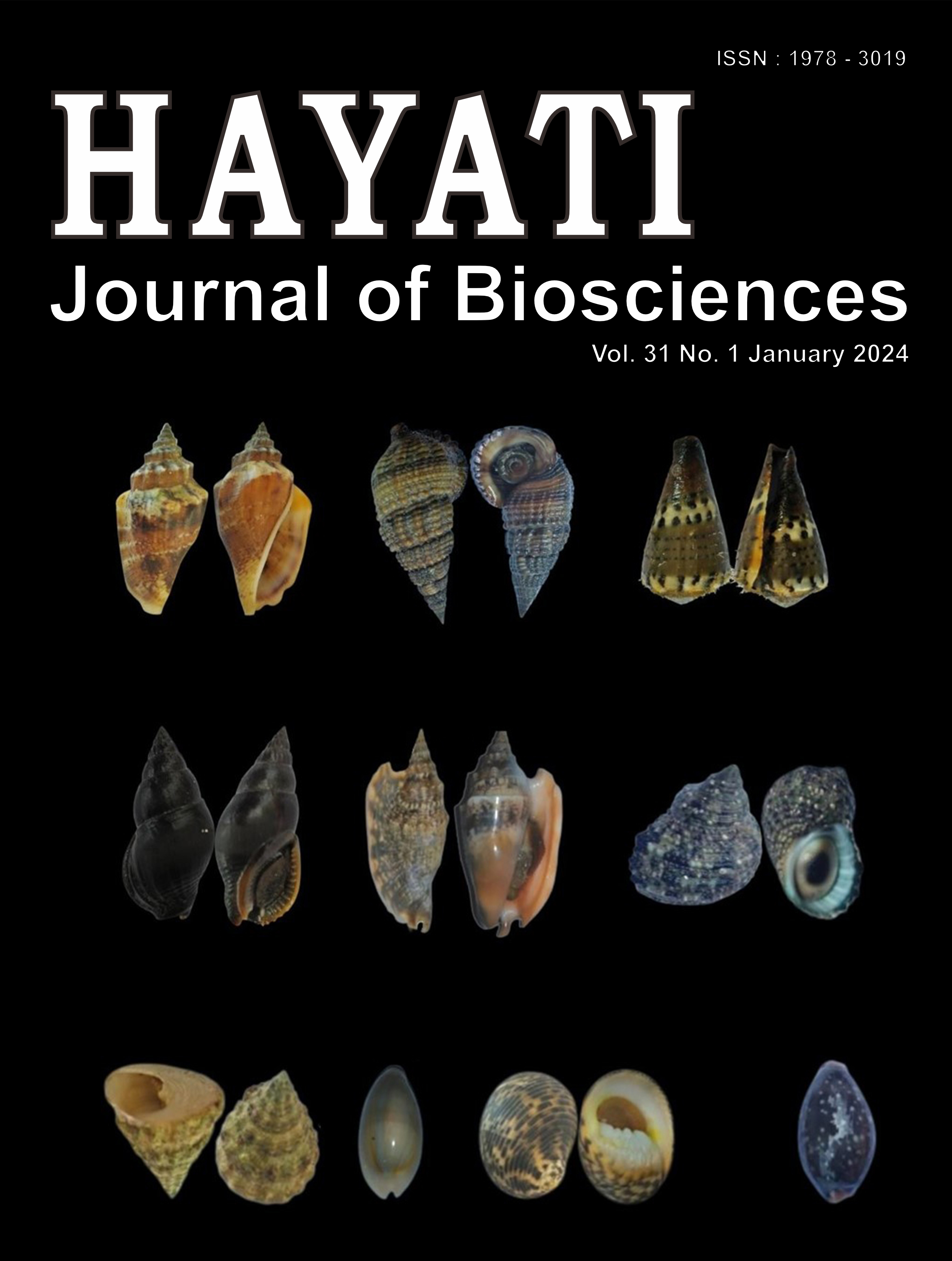Microscopical Evaluation and TLC Analysis of Pluchea indica (L.) Less: Leaf, Stem, and Root
Abstract
Pluchea indica (L.) Less is traditionally utilized to treat postpartum women in Indonesia. The plant has many pharmacological properties, so that it can be further developed as herbal medicine. In that development process, plant authentication is needed to ensure the quality of raw materials. A simple microscopical and thin-layer chromatography (TLC) analysis might be a way to authenticate the plant, but it has never been reported. So, this study evaluates the microscopical and TLC analysis for P. indica authentication in standardized herbal medicines production. Plant microscopic observation, fluorescence analysis, and polyphenol screening were conducted. n-Hexane, ethyl acetate, and methanol extracts of plant organs were then analyzed by TLC. Here, we reported that in microscopical analysis the simplicia of P. indica contains trichomes and tannin-containing cells. In addition, chlorogenic acid as a marker was present in TLC analysis by ethyl acetate-water-formic acid-acetic acid (8.5:1.5:1:1, v/v). The results of this evaluation might provide additional information in the identification, authentication, and quality control of P. indica as a raw material for herbal medicine.
Downloads
Copyright (c) 2023 Ni Putu Ermi Hikmawanti, Fadlina Chany Saputri, Arry Yanuar, Ratih Asmana Ningrum, Abdul Mun'im, Hayati Hayati

This work is licensed under a Creative Commons Attribution-NonCommercial 4.0 International License.
HAYATI J Biosci is an open access journal and the article's license is CC-BY-NC. This license lets others distribute, remix, tweak, and build upon author's work, as long as they credit the original creation. Authors retain copyright and grant the journal/publisher non exclusive publishing rights with the work simultaneously licensed under a https://creativecommons.org/

























.png) IPB University
IPB University Department of Biology
Department of Biology The Indonesian Biological Society
The Indonesian Biological Society 

